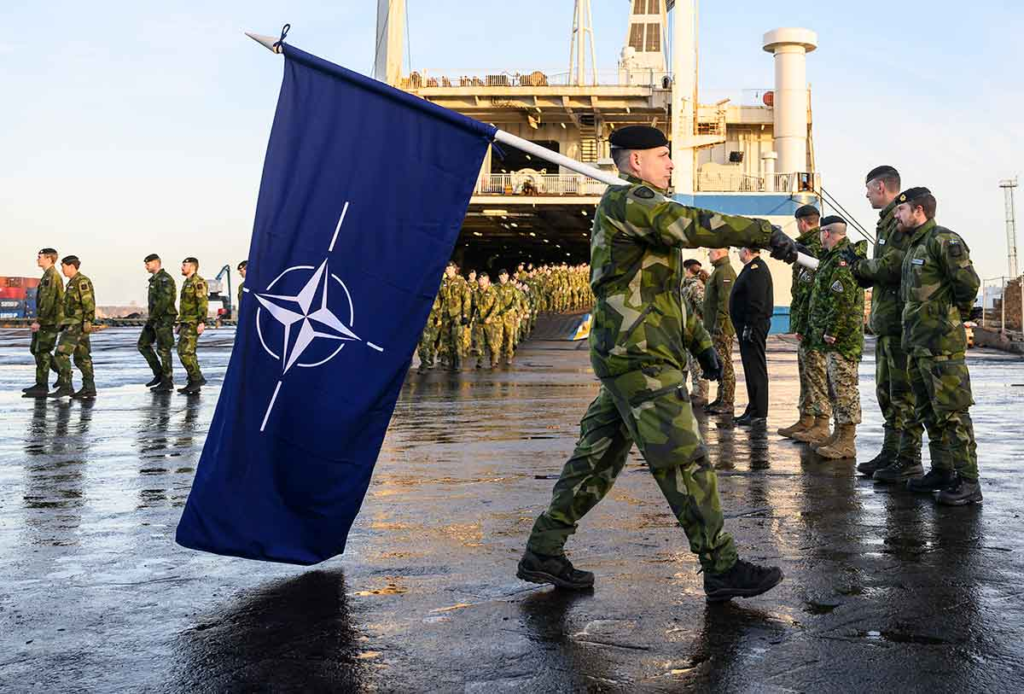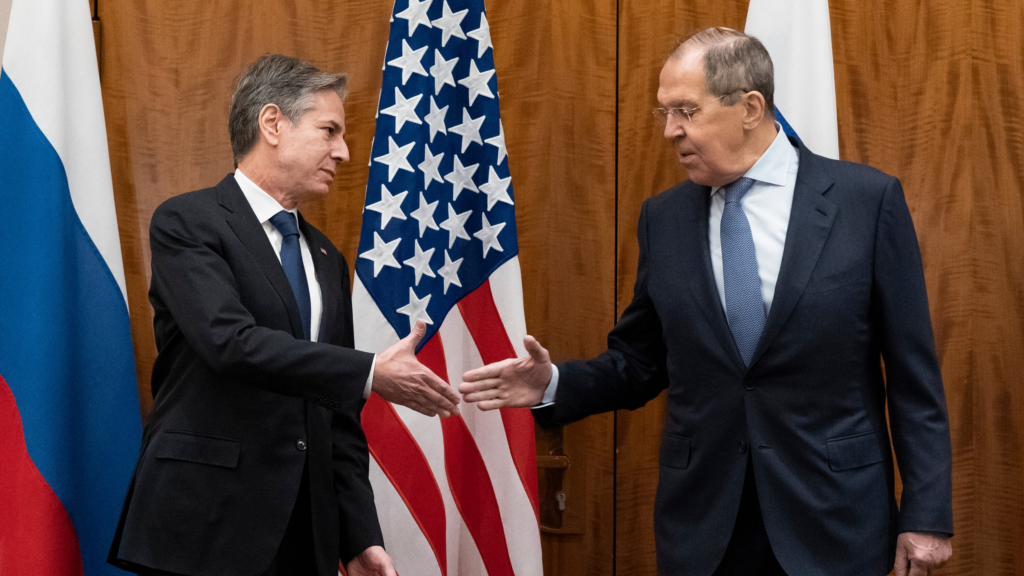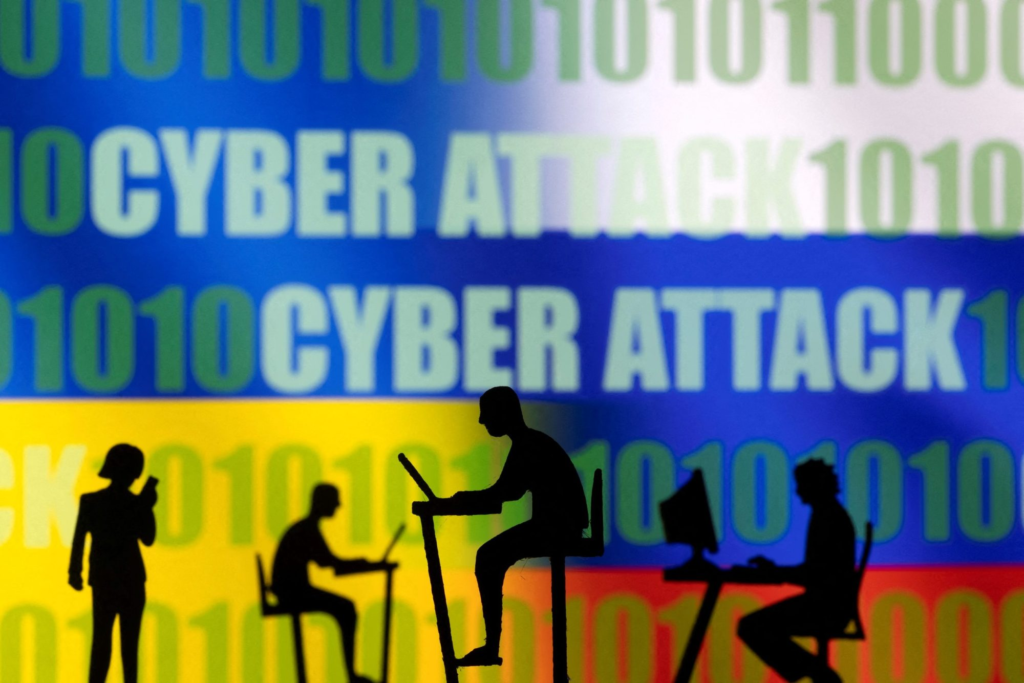A Wave of Cyberattacks Traced to Russia
Over the past year, a series of sophisticated cyberattacks has targeted critical infrastructure, political institutions, and military systems across Europe and the United States. These attacks, widely attributed to Russian state-sponsored groups, have disrupted everything from government networks to energy grids. In early 2025, reports emerged of cyberattacks on NATO member states, including Germany and the Czech Republic, aimed at political parties and democratic processes. Another notable incident involved a cyber assault on a U.S. military base in Germany, raising alarms about Russia’s growing audacity.

Security experts point to groups like APT28 (also known as Fancy Bear) and APT44, both linked to Russia’s military intelligence agency, the GRU, as key players behind these operations. These groups have a history of high-profile attacks, including the infamous NotPetya malware that caused billions in damages globally. In 2024, the number of Russian-led cyberattacks nearly tripled compared to the previous year, according to a report by the Center for Strategic and International Studies (CSIS). The targets? NATO allies, U.S. infrastructure, and Ukraine’s ongoing defense efforts.
The motives behind these attacks appear multifaceted. Analysts suggest Russia aims to weaken NATO’s unity, sow discord in democratic societies, and retaliate against Western support for Ukraine. By targeting critical infrastructure, such as water facilities in the U.S. and hydroelectric plants in Europe, Russia is testing the resilience of Western defenses while sending a clear message: no system is beyond its reach.
U.S. Responds with Sanctions
In response to these brazen cyberattacks, the United States has rolled out a new wave of sanctions targeting Russian individuals, entities, and hacking groups. The measures focus on crippling Russia’s ability to fund and operate its cyber warfare machine. Key targets include GRU operatives, front companies, and Russia’s so-called “shadow fleet,” a network of oil tankers used to evade existing sanctions. The U.S. Treasury Department has also expanded secondary sanctions, pressuring countries that continue to trade with Russia, particularly in oil and gas.

These sanctions build on years of economic restrictions imposed since Russia’s annexation of Crimea in 2014. However, the latest measures are among the toughest yet, aiming to choke Russia’s war economy and limit its access to critical technologies. President Donald Trump, in a statement on April 2, 2025, emphasized that the sanctions are part of a broader strategy to “hold Russia accountable” and protect U.S. interests. Yet, the move has sparked debate. Critics argue that sanctions alone may not deter Russia, pointing to Moscow’s ability to adapt through cryptocurrency payments and proxy actors.
The sanctions have also strained U.S.-Russia relations further. Russian officials, including Deputy Chairman Dmitry Medvedev, have dismissed the measures as “political impotence” and threatened retaliatory actions, such as nationalizing foreign assets in Russia. This tit-for-tat escalation has raised fears of a broader economic and diplomatic fallout, with implications for global markets and energy prices.
NATO’s Response: Fortifying Eastern Europe
As cyberattacks intensify, NATO is taking decisive steps to strengthen its defenses, particularly along its eastern flank. Countries like Poland, Estonia, Latvia, and Lithuania—geographically close to Russia—are on high alert. In 2025, NATO established the NATO Integrated Cyber Defence Centre (NICC) in Mons, Belgium, to enhance real-time threat detection and coordination among member states. This move underscores the alliance’s recognition that cyberspace is now a critical domain of warfare.
NATO’s 2024 Strategic Concept reaffirmed cyberspace as a contested space, and the alliance has since prioritized resilience against hybrid threats, including cyberattacks, GPS jamming, and disinformation campaigns. In Eastern Europe, NATO is deploying advanced missile defense systems, increasing troop rotations, and conducting large-scale cyber defense exercises. The alliance has also expanded cooperation with non-NATO partners like Ukraine, which has become a valuable ally in countering Russian cyber tactics due to its firsthand experience.
In a bold statement, NATO leaders agreed in January 2025 that a large-scale cyberattack on a member state could trigger Article 5, the collective defense clause, potentially leading to a military response. This decision marks a significant shift, signaling to Russia that cyberattacks could have consequences beyond diplomacy. However, NATO faces challenges in defining what constitutes a “large-scale” attack, leaving room for ambiguity that could complicate responses.

Eastern Europe on Edge
For Eastern European nations, the threat of Russian aggression—both cyber and physical—is a daily reality. Countries like Estonia, a frequent target of Russian cyberattacks, have invested heavily in cyber defenses, earning praise for their resilience. Yet, smaller nations worry about their ability to withstand sophisticated attacks without robust NATO support. The jamming of GPS signals in the Baltic region, attributed to Russia, has disrupted civilian aviation and maritime navigation, heightening fears of hybrid warfare.
Ukraine, while not a NATO member, remains at the epicenter of this conflict. Russian cyberattacks on Ukrainian infrastructure have intensified alongside the ongoing war, with hackers targeting everything from power grids to military communications. NATO’s support for Ukraine, including military aid and cyber defense expertise, has further angered Moscow, prompting retaliatory attacks on the alliance’s members.
The Bigger Picture: A New Cold War?
The combination of cyberattacks, U.S. sanctions, and NATO’s military buildup has led some to draw parallels with the Cold War. The cyberspace battlefield, however, introduces new complexities. Unlike traditional warfare, cyberattacks are often hard to attribute definitively, allowing Russia to maintain plausible deniability. This “shadow war,” as described by EU High Representative Kaja Kallas, thrives on ambiguity, making it difficult for the West to respond decisively without escalating tensions.
Moreover, the U.S. decision in March 2025 to halt offensive cyber operations against Russia, under Defense Secretary Pete Hegseth, has raised eyebrows. Critics argue this move signals weakness, potentially emboldening Russia to escalate its attacks. European allies, now forced to fill the gap, are pushing for stronger EU-NATO cooperation and exploring offensive cyber capabilities of their own.
What’s Next?
As 2025 progresses, the world is watching closely. Russia’s cyberattacks show no signs of slowing, and the U.S. sanctions are unlikely to deter Moscow in the short term. NATO’s efforts to bolster Eastern Europe are critical, but the alliance must navigate the delicate balance between deterrence and provocation. For ordinary citizens, the stakes are high—disrupted infrastructure, compromised data, and economic instability are real risks.
The international community faces a pivotal moment. Can diplomacy de-escalate tensions, or are we heading toward a more dangerous confrontation? For now, the focus remains on strengthening defenses, sharing intelligence, and sending a united message to Russia: the West will not back down.
Must Read :- Jayden Daniels Shines as a Potential Star for 2028 Olympic Flag Football





